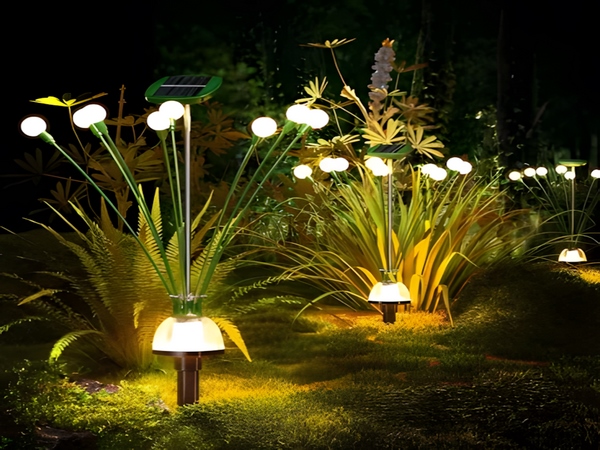
Under the advocacy of green and sustainable development, the application of solar streetlights has become increasingly widespread. However, some users have reported a common issue during their use: solar streetlights are not bright enough. So what causes the insufficient brightness of solar streetlights, and how can it be resolved? The following provides an overview of this problem.
Reasons for Insufficient Brightness
1. Issues with Controller Settings
The solar controller regulates the lighting time and brightness of the solar streetlight. If the settings of the solar streetlight controller do not match the actual conditions, especially in areas with heavy rainfall, this can lead to reduced brightness. In regions where cloudy days frequently exceed the settings of the solar streetlight controller, it puts great strain on the battery, causing it to age prematurely and leading to insufficient brightness.
2. Insufficient Power of Solar Panels
When solar streetlights are designed, if the power of the solar panel is too low, it can result in insufficient battery charge. Consequently, when the lights are in use, if the consumption exceeds the supply from the battery, it will lead to dim lighting.

3. Aging of Batteries
The battery is where the energy for the solar streetlights is stored. If the battery is aged or damaged, there will be no power stored, which means the solar streetlight cannot function properly or only provides very weak output, resulting in inadequate illumination.
4. External Factors
For example, if large trees are planted nearby, they can block sunlight from reaching the solar streetlights, preventing them from receiving electricity. Additionally, if the solar panel is not properly oriented towards the sun or is obstructed, it can also lead to insufficient brightness.
5. Weather Influences
Weather significantly affects solar streetlights. They absorb sunlight during the day, converting it into electrical energy to be stored for nighttime use. However, continuous days without sunlight, such as overcast or rainy weather, can limit the energy supply. As the stored energy is depleted, the brightness of the solar streetlight diminishes, resulting in insufficient light output.
Solutions for Insufficient Brightness
1. Adjust the Direction of the Solar Panel
Since our country is located in the Northern Hemisphere, sunlight primarily comes from the south. Therefore, when installing solar panels, they should be tilted towards the south at a slight angle. The installation location should ensure that the panels receive direct sunlight throughout the day. Tall buildings or trees casting shadows will significantly impact the solar panel’s efficiency. In areas with tall buildings, it is better to install solar streetlights on the southern side of roads. Installing on the east or west will be less effective, and streetlights on the north side may not function at all.
2. Use High-Efficiency LED Bulbs
The efficiency of the LED bulbs in solar streetlights is crucial. Using high-efficiency bulbs can enhance brightness.
3. Ensure Battery Sealing
Solar streetlight batteries are typically buried underground. If a well-sealed battery box is not used or if the box is damaged, it can lead to aging or failure of the battery. Ensuring proper sealing is essential for normal operation and to maintain sufficient brightness.

4. Increase the Output Power of the Streetlight
If the solar streetlight appears dim, a technician can slightly increase the output power, ensuring that the improvement is based on the actual condition of the solar streetlight.
5. Set the Controller Correctly
The controller should be set according to the different climates and sunlight durations of various regions to ensure proper functioning.
The above discusses the reasons for inadequate brightness in solar streetlights and their solutions. Additionally, over time, due to performance degradation, improper cleaning, and wear, brightness can decline. Therefore, users should follow the usage guidelines and conduct regular cleaning and maintenance to ensure optimal brightness from their solar streetlights.



